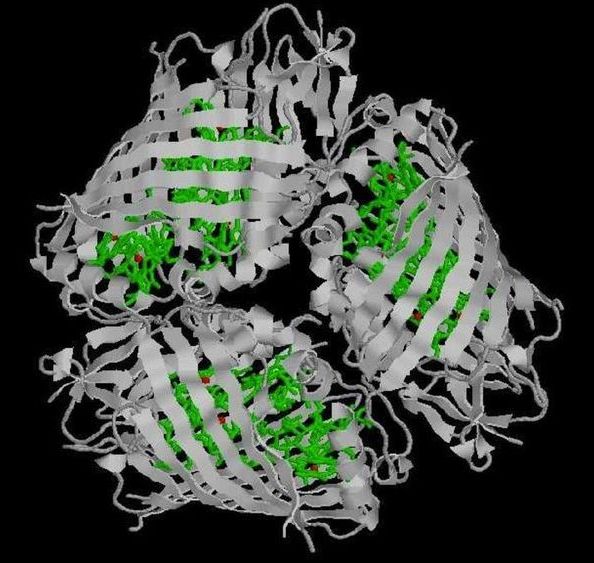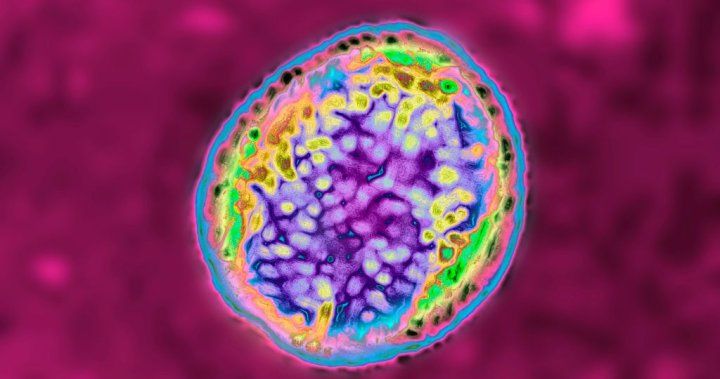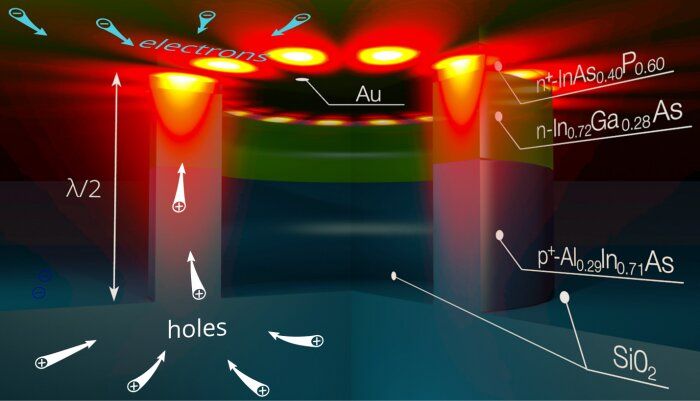A long-standing debate over just how “quantum” photosynthesis is may finally be coming to an end.
Page 7347
Sep 17, 2020
Planet Earth Report –“The Age of Pandemics to MEGA Thruster Taps into Fabric of the Universe”
Posted by Quinn Sena in categories: biotech/medical, space travel
“Planet Earth Report” provides descriptive links to headline news by leading science journalists about the extraordinary discoveries, technology, people, and events changing our knowledge of Planet Earth and the future of the human species.
The Universe Might Be Too Thin, Scientists may have found a new crack in our understanding of the universe, reports The Atlantic and Quanta. The cosmos is starting to look a bit weird. For a few years now, cosmologists have been troubled by a discrepancy in how fast the universe is expanding. They know how fast it should be going, based on ancient light from the early universe, but apparently the modern universe has picked up too much speed—a clue that scientists might have overlooked one of the universe’s fundamental ingredients, or some aspect of how those ingredients stir together.
Sep 17, 2020
The Army wants to build a brand new exoskeleton to help soldiers ruck faster and harder
Posted by Quinn Sena in categories: cyborgs, robotics/AI
The Army is formally moving ahead with the development and fielding of a powered exoskeleton to help soldiers move faster and carry more while reducing overall fatigue after years of experimentation and testing.
Officials with Army Futures Command are currently in the process of drafting formal requirements for an infantry exoskeleton ahead of a defense industry day sometime in November, said Ted Maciuba, deputy director of the robotic requirements division for Army Futures Command.
Breaking Defense first reported news of the fresh exoskeleton effort.
Sep 17, 2020
Scientists: We Could Build Mars Shelters Out of Insect Polymers and Martian Soil
Posted by Quinn Sena in categories: 3D printing, space
Like Concrete
In simpler terms: the resulting material “feels like concrete but much lighter,” Fernandez told CNN. “Very light rock.”
“We have a route to… manufacturing buildings to tools from 3D printing to mold casting with just one single material,” he added.
Sep 17, 2020
Moderna Shares the Blueprint for Its Coronavirus Vaccine Trial
Posted by Omuterema Akhahenda in category: biotech/medical
The biotech company Moderna released a 135-page document on Thursday that spells out the details of how it is conducting the late-stage trial of its coronavirus vaccine.
The company hopes to earn the trust of the public and of scientists who have clamored for details of its study.
Sep 17, 2020
Chinese pharma leak infects thousands with bacterial disease
Posted by Omuterema Akhahenda in category: biotech/medical
Sep 17, 2020
A 13-Micron High “Mountain” on a Neutron Star 4,500 Light-Years Away
Posted by Genevieve Klien in category: space
Is it possible to discover an asymmetry of a few thousandths of a millimeter on a neutron star 42 million billion km from Earth?
Sep 17, 2020
Common drugs linked to increased risk of Alzheimer’s
Posted by Genevieve Klien in categories: biotech/medical, chemistry, health, neuroscience
A new study suggests anticholinergic medications may increase the risk of accelerated cognitive decline, especially in older adults at high risk of developing Alzheimer’s disease.
Anticholinergic drugs block the action of acetylcholine, a chemical messenger that controls a range of automatic bodily functions and plays a vital role in memory and attention.
Doctors prescribe these drugs for a variety of conditions, including urinary incontinence, overactive bladder, chronic obstructive pulmonary disorder (COPD), seasonal allergies, and depression.
Sep 17, 2020
Space Travel Reality Show Set To Send Contestant To ISS In Works From Space Hero Company & Propagate
Posted by Genevieve Klien in category: space travel
EXCLUSIVE: Following the success of SpaceX’s Crew Dragon mission, which marked the return of the U.S.’ capability for manned flights and the first private company to get people into orbit, a reality series wants to send a civilian into space.
Space Hero Inc., a U.S.-based production company founded by Thomas Reemer and Deborah Sass and led by former News Corp Europe chief Marty Pompadur, has secured a seat on a 2023 mission to the International Space Station. It will go to a contestant chosen through an unscripted show titled Space Hero. Produced by Ben Silverman and Howard Owens’ Propagate, the series will launch a global search for everyday people from any background who share a deep love for space exploration. They will be vying for the biggest prize ever awarded on TV.
Sep 17, 2020
Physicists make electrical nanolasers even smaller
Posted by Quinn Sena in categories: mobile phones, physics, supercomputing
Researchers from the Moscow Institute of Physics and Technology and King’s College London cleared the obstacle that had prevented the creation of electrically driven nanolasers for integrated circuits. The approach, reported in a recent paper in Nanophotonics, enables coherent light source design on the scale not only hundreds of times smaller than the thickness of a human hair but even smaller than the wavelength of light emitted by the laser. This lays the foundation for ultrafast optical data transfer in the manycore microprocessors expected to emerge in the near future.
Light signals revolutionized information technologies in the 1980s, when optical fibers started to replace copper wires, making data transmission orders of magnitude faster. Since optical communication relies on light—electromagnetic waves with a frequency of several hundred terahertz—it allows transferring terabytes of data every second through a single fiber, vastly outperforming electrical interconnects.
Fiber optics underlies the modern internet, but light could do much more for us. It could be put into action even inside the microprocessors of supercomputers, workstations, smartphones, and other devices. This requires using optical communication lines to interconnect the purely electronic components, such as processor cores. As a result, vast amounts of information could be transferred across the chip nearly instantaneously.

















